The approach of fall and winter provides a unique set of challenges and opportunities for therapeutic horticulture practitioners. Whether you’re looking to master the art of harvesting, freezing, and storing your seasonal yield, fortify your garden beds with nutrient-rich soil, or create your own winter greenhouse, this comprehensive guide has got you covered.
Focused on both indoor and outdoor spaces, we delve into expert tips and tricks from seasoned horticultural therapists, explore activities designed to deepen your seasonal therapeutic horticulture practice, and even discuss creative solutions for small-space gardening.
So grab your gardening gloves and notebook; it’s time to prepare your space for the colder months while laying the groundwork for a rejuvenating spring.
Table of Contents
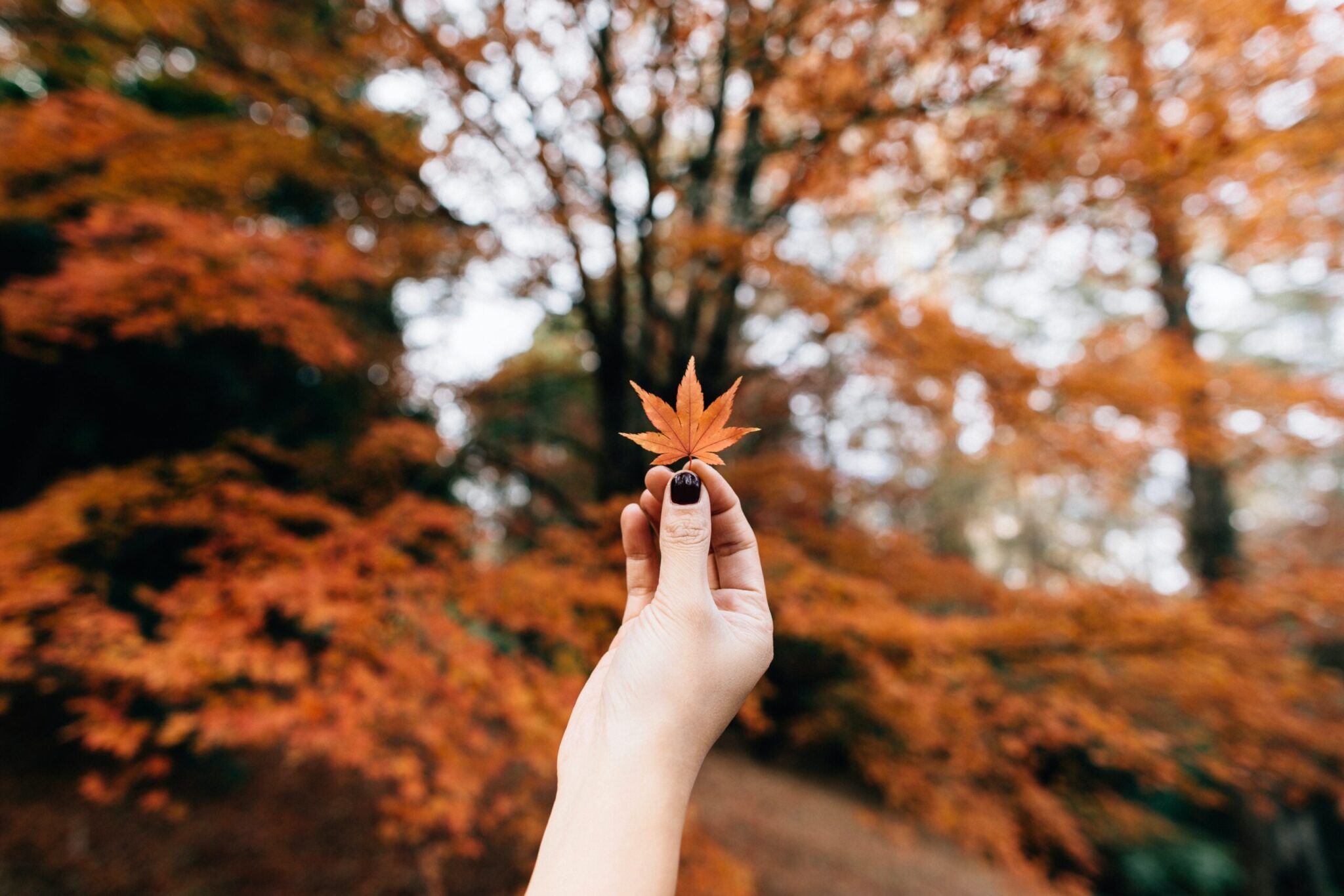
The Process of Harvesting, Freezing and Storing
Step One: Harvesting
As the calendar flips to the autumn months and a chill creeps into the air, gardeners and therapeutic horticulturists alike should turn their attention to the crucial task of harvesting. First, it’s essential to know the optimal time for picking each specific plant in your garden, as harvesting too early or too late can significantly impact both flavor and nutritional value.
A general tip here is to consult the seed packet or nursery tag for harvest guidelines, or even better, reach out to the GrowTH Network for advice.
When the big day comes, make sure to use sharp, clean cutting tools to avoid damaging the plant or introducing disease. Also, aim to harvest in the morning after the dew has dried but before the heat of the day, as this is when plants are at their peak hydration and nutritional levels. For leafy green harvests like kale, arugula or lettuces, be sure to rinse or soak the greens in water immediately after harvesting to remove any field heat (the natural heat that is present in produce when is harvested).
Keep an eye out for diseased or insect-damaged produce and compost those separately to avoid contaminating your healthy bounty. Finally, once harvested, get your produce out of direct sunlight as quickly as possible to preserve its quality until you can proceed to the next steps, like freezing or storing.
This detailed step-by-step approach to harvesting will lay the foundation for a successful transition into fall and winter, ensuring that you continue to reap the benefits of your garden in the colder months ahead.
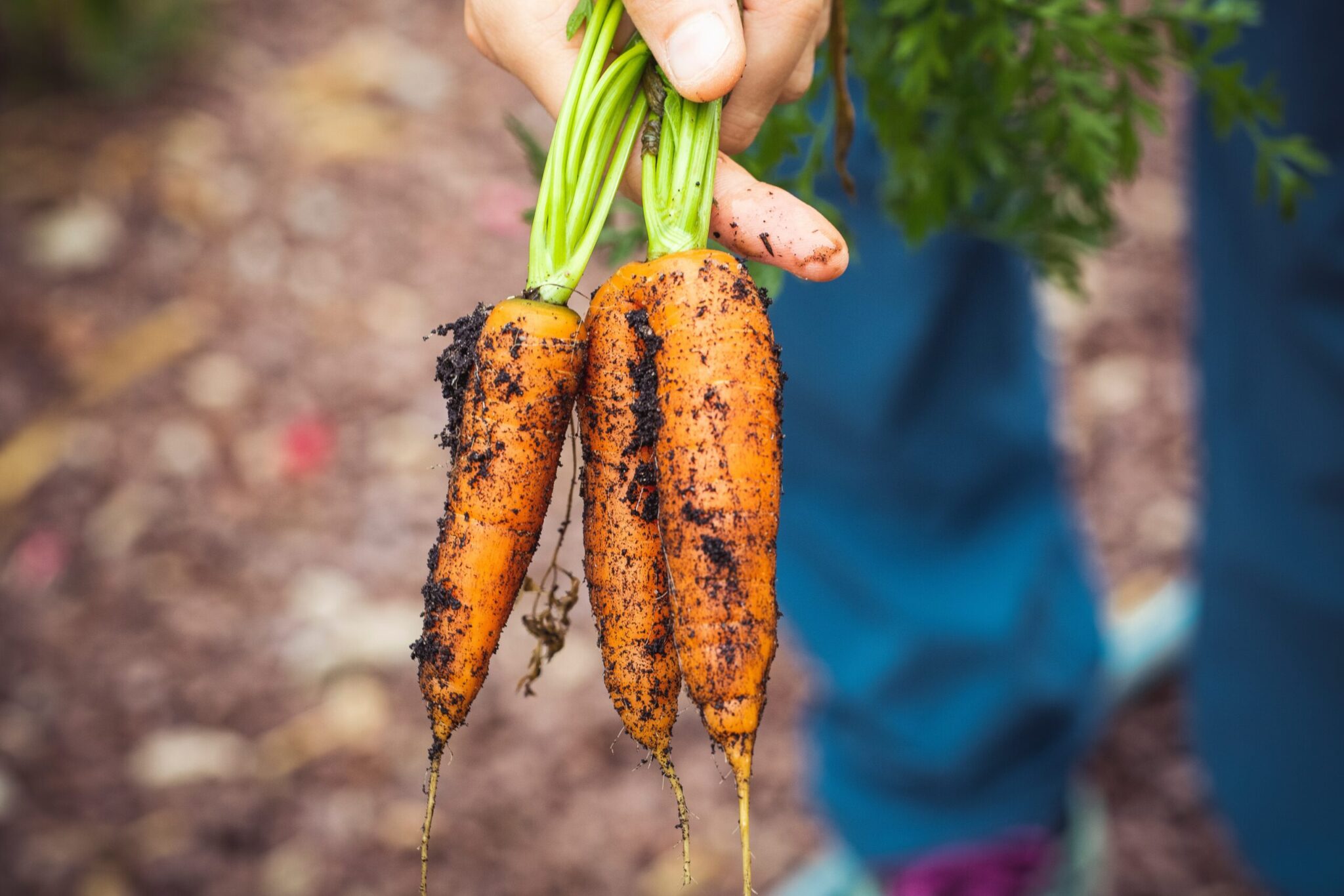
Step Two: Freezing
Once the harvest is securely in hand, the next step is the freezing process, which is far more nuanced than you might imagine.
The first thing you need to do is to sort and clean the produce. This involves removing any residual dirt, foliage, or damaged portions. A pro tip for vegetables like peas, carrots, and leafy greens is to blanch them briefly in boiling water, then plunge them into ice-cold water. This effectively halts enzymatic actions that could degrade the produce over time.
For fruits and herbs, consider flash freezing them individually on a tray before packing. This will retain their form and prevent clumping. Vacuum-sealing is a stellar choice for all types of produce if you have access to the equipment. By removing air from the packaging, you minimize the risk of freezer burn and extend the shelf life of your harvested goods.
Make sure to label each package clearly with both the contents and the date of freezing. This method of freezing will allow you to capture the peak freshness and therapeutic qualities of your garden’s yield, allowing you to savor and benefit from them during the fall and winter months.
Step Three: Storing
Storing your garden’s harvest is the final, but no less critical, step in ensuring that the therapeutic benefits and flavors of your hard work extend into Fall and Winter. The most immediate action is to sort your produce according to its specific storage needs; not all fruits and vegetables can be stored together due to varying humidity and temperature requirements.
Apples, for instance, emit ethylene gas that can spoil other produce, so they should be stored separately. If you have root vegetables like carrots or potatoes, a cool, dark place like a root cellar is ideal; for these, humidity is your friend. On the other hand, onions and garlic prefer a dry environment. If you’re going the refrigeration route, remember to calibrate the temperature and humidity settings of your crisper drawers for the specific produce they’ll contain.
For herbs, drying them or freezing them in oil cubes are fantastic options. Don’t overlook the importance of using proper storage containers—breathable fabric bags for produce that likes humidity, airtight containers for those that don’t. And don’t forget to label everything; you’ll thank yourself later!
Root in Nature's Katie McGillivray's Shares Her Fall Preparation Tips
Preparing Your Therapeutic Garden For Fall & Winter
Complete a Fall Assessment of your Garden
The first step in preparing a garden for Fall and Winter is to conduct a thorough assessment. Walk through your garden and note any plants that are diseased or infested, as these should be removed to prevent the issues from carrying into the next growing season.
Soil Preparation for the Colder Months
Next on the agenda is soil preparation. The groundwork, quite literally, begins with a soil test, an invaluable diagnostic tool that unveils the pH level and nutrient profile of your garden’s substrate. With these insights, you can then decide to apply organic matter like well-rotted manure or compost to not only replenish nutrients but also improve soil structure, thereby enhancing water retention and drainage. For those particularly committed to soil health, planting cover crops like winter rye or clover can act as a living mulch that safeguards against erosion while simultaneously fixing nitrogen into the soil.
However, refrain from working the soil if it’s too wet; the disruption can lead to compaction, making it difficult for plant roots to penetrate come spring. At the same time, don’t underestimate the power of mulch: a 2 to 3-inch layer of organic mulch like straw or wood chips serves a dual role, insulating the soil from abrupt temperature swings and progressively decomposing into added nutrients.
Preparing your Therapeutic Plants for Autumn and Winter
Begin by identifying which species in your garden are particularly susceptible to Fall and Winter stressors such as frost heave, where the freezing and thawing of soil can literally push plants out of the ground. Once identified, these plants can be shielded with a robust application of mulch, which acts as a form of thermal insulation, stabilizing the soil temperature.
Also consider the horticultural technique known as “anti-desiccant spraying” for broadleaf evergreens like rhododendrons. This protective spray forms a thin layer on the foliage, reducing water loss and therefore the risk of winter burn.
However, resist the temptation to heavily prune all your perennials and shrubs. While some may benefit from a fall pruning to prevent winter damage, others prefer to be pruned in spring and could suffer if cut back too early. Try to familiarize yourself with the specific care guidelines for each species in your garden; when in doubt, consult horticultural literature or the GrowTH Network for advice from your peers.
For particularly vulnerable plants, consider constructing temporary windbreaks or burlap screens. These can serve as fortifications against the harsh winter winds, reducing desiccation. You could also relocate these plants to more sheltered spots within your garden if you have the space.

Next up, you should drain and store your irrigation lines and hoses, the primary goal is to prevent freeze-thaw damage. Begin by disconnecting hoses from spigots and removing any attached nozzles or fittings. Elevate one end of the hose to allow water to drain out fully, then coil it neatly for storage, preferably in a dry, frost-free environment like a shed or garage. Drip and soaker lines should undergo a similar process, including being flushed out to remove any lingering debris. Draining is not just about extending the lifespan of your equipment; it’s also a biosecurity measure, minimizing the risk of waterborne pathogens overwintering in your irrigation system.
As for tools, now is an opportune moment for a full inventory assessment. Depending on your situation, this can also be a great activity for volunteers and participants. Clean off soil and plant debris using a wire brush and soapy water, followed by a thorough drying to avert rust formation. Sharpen blades of shears, pruners, and hoes using a whetstone or specialized tool sharpener. For wooden handles, a light sanding followed by a coat of linseed oil can prevent splintering. Metal parts can benefit from a light application of oil to thwart corrosion. Conclude by storing tools in an organized, dry environment, making them readily accessible for winter tasks and spring’s awakening.
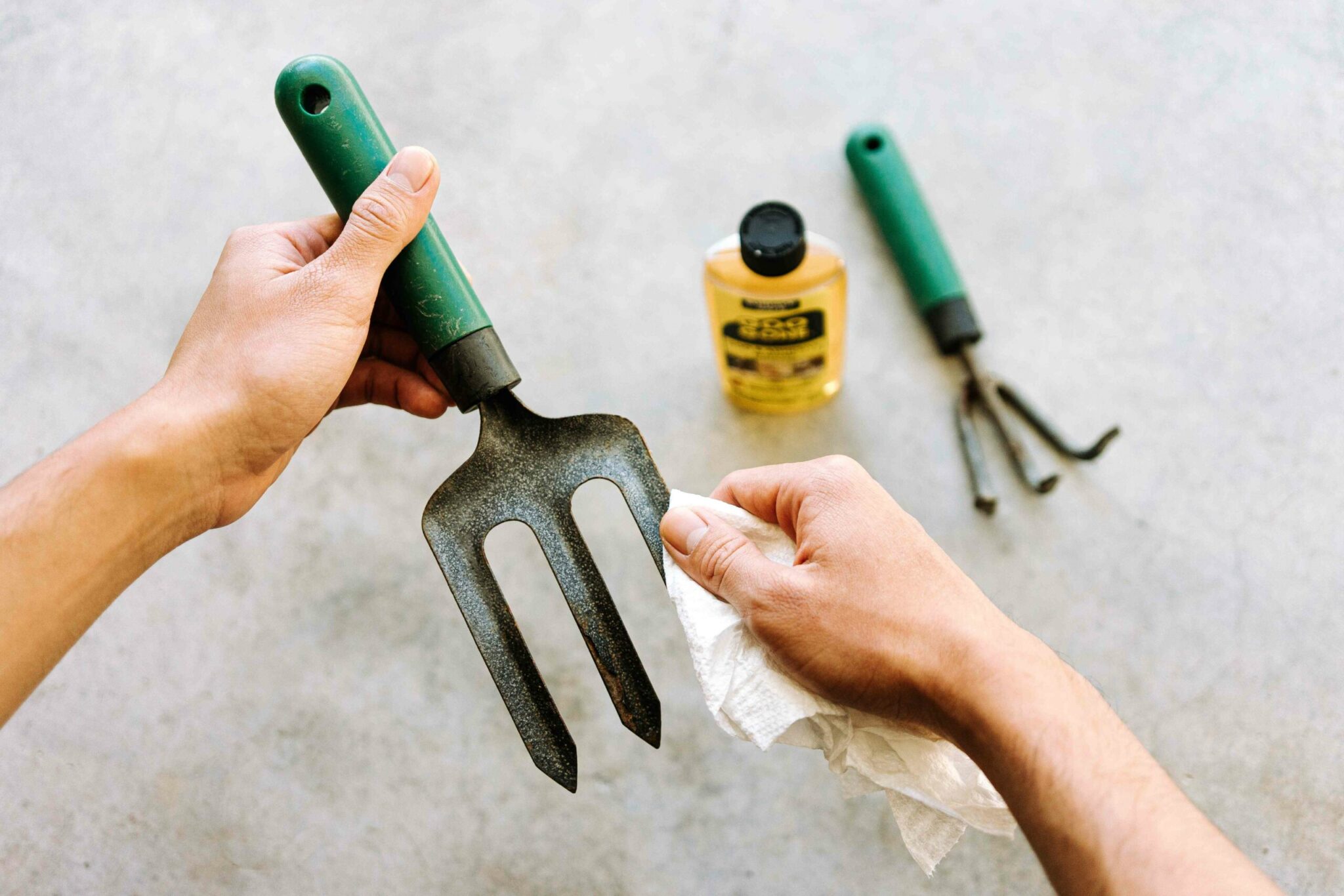
What should I add to my Therapeutic Garden in the Autumn?
Therapeutic Plants Perfect for Fall
By making intentional choices, therapeutic horticulturists can enrich their gardens in ways that extend the therapeutic benefits well into the Fall and Winter months. Introducing plants that possess multi-sensory attributes can be a holistic strategy.
For example, consider planting evergreens such as ‘Emerald Green’ Arborvitae or boxwood, which retain their foliage and color, serving as visual focal points against the stark winter landscape. Additionally, consider aromatic herbs like sage, rosemary, and thyme. They are not only hardy in cooler temperatures but also offer olfactory stimulation, not to mention culinary possibilities.
Don’t overlook the addition of ornamental grasses, such as switchgrass or fountain grass, which add texture and movement to your garden, their plumes and seed heads offering visual interest even when frosted over.
For those of you interested in bolstering your garden’s ecosystem, flowering perennials like asters and chrysanthemums not only bring pops of late-season color but also serve as vital food sources for pollinators. Also consider planting spring-blooming bulbs like daffodils, tulips, and hyacinths. These harbingers of spring must undergo a period of winter chill to bloom, making fall the opportune planting season.
Additional Fall Elements You Should Consider
Fall is an opportune time to install new garden structures like raised beds, trellises, or even water features. With the foliage gone, you’ll have a clearer view of your garden’s layout, enabling better planning and execution.
Don’t forget to sketch out a garden map, noting what was planted where. This serves as a useful reference for planning next year’s garden, helping you apply principles of companion planting or succession planting to maximize both beauty and therapeutic benefits.
Creating a Winter Greenhouse for your Therapeutic Practice
Constructing a winter garden or greenhouse can be a transformative project, converting the colder months into a time of growth and introspection. For those who wish to invest in a greenhouse, consider models that offer thermal insulation and are capable of temperature control. A well-insulated greenhouse can maintain a warm microclimate, enabling the growth of a wide range of flora, including tropical plants that would otherwise be untenable in colder zones.
For a simpler setup, cold frames—essentially mini-greenhouses—can be constructed using old windows and a wooden frame. These are ideal for extending the growing season for hardy greens like kale and spinach. The inside of a greenhouse or cold frame can be optimized further by incorporating benches, raised beds, or hydroponic systems, depending on your horticultural aims and spatial allowances. Also, consider including a water feature or humidifier to maintain optimal humidity levels, which not only benefits the plants but also enhances the therapeutic ambiance.
In an indoor winter garden, specialized grow lights can mimic natural sunlight, allowing for the cultivation of sun-loving herbs and flowers even when daylight is scarce. Tactile elements like moss, bark, or even small water features can be included to enhance sensory engagement. Whether it’s a high-tech greenhouse or a humble windowsill display, the key is to create a space that not only fosters plant life but also serves as a sanctuary where the therapeutic qualities of horticulture can be experienced year-round.
Seasonal Therapeutic Horticulture: Fall & Winter Activities
Horticultural therapy practitioners can engage their participants in an array of seasonal activities designed to nourish the mind, body, and spirit in fall and winter.
The autumn period is ripe for reflective gardening practices such as creating a ‘gratitude garden,’ planting bulbs or perennials that symbolize various aspects of life for which one is thankful. The fall is also an ideal time to engage your participants in seed harvesting from summer blooms, a meditative practice that not only saves money but also continues the cycle of growth and renewal.
Come winter, the focus can shift indoors with activities like creating tabletop Zen gardens or indoor herb gardens, which allow for tactile interaction with natural elements and offer aromatic benefits. Container gardening can be taken indoors with cool-season crops like herbs and leafy greens, allowing for the joy of harvest even when snow blankets the garden beds.
Botanical crafting, such as creating dried flower arrangements, wreaths, or even herbal sachets that utilize garden harvests, are the perfect indoor activity for those colder winter days.
Another impactful winter activity is the creation of ‘wildlife sanctuaries’ in your outdoor space using bird feeders, nesting boxes, and water baths. This not only supports local fauna but also provides ongoing opportunities for nature observation.
Finally, regardless of the season, journaling remains a potent tool for capturing observations, reflections, and the emotional impacts of these horticultural activities.
From collecting leaves, making warm apple cider and raking to harvesting pumpkins, mulching and planting garlic and bulbs, fall offers plenty of ways to connect with the garden. If you’re struggling to come up with fall and winter activities for your practice, we recommend joining the GrowTH Network where you will have access to an Activity Database with over 60 listed activities and four new ones added monthly.
Stay tuned for our Fall themed activities being released on October 1 in the GrowTH community!

5 Senses for Fall Awareness
In this activity, participants are instructed to use all of their senses to mindfully ground themselves.

Leaf Ghost
In this activity, participants create a Halloween decoration from leaves and paint.
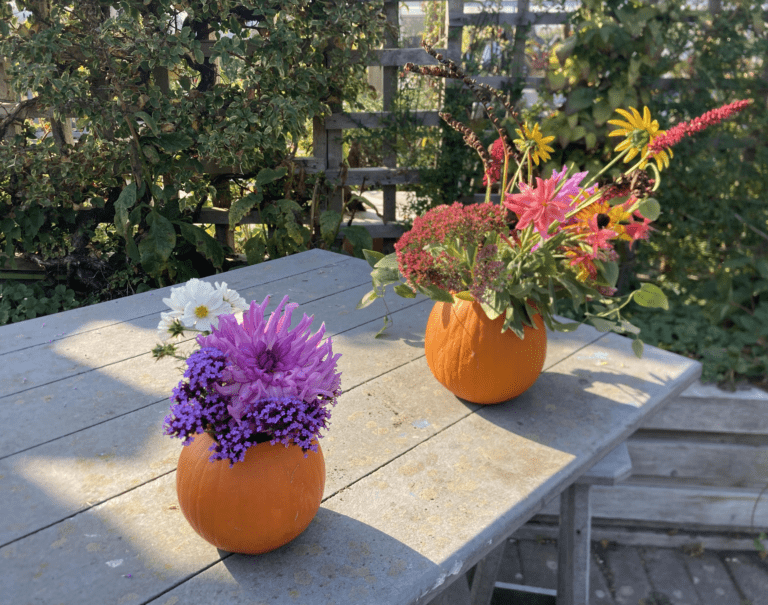
Pumpkin Centrepieces
In this activity, participants create a festive fall centerpiece in a “vase” made of a pumpkin.
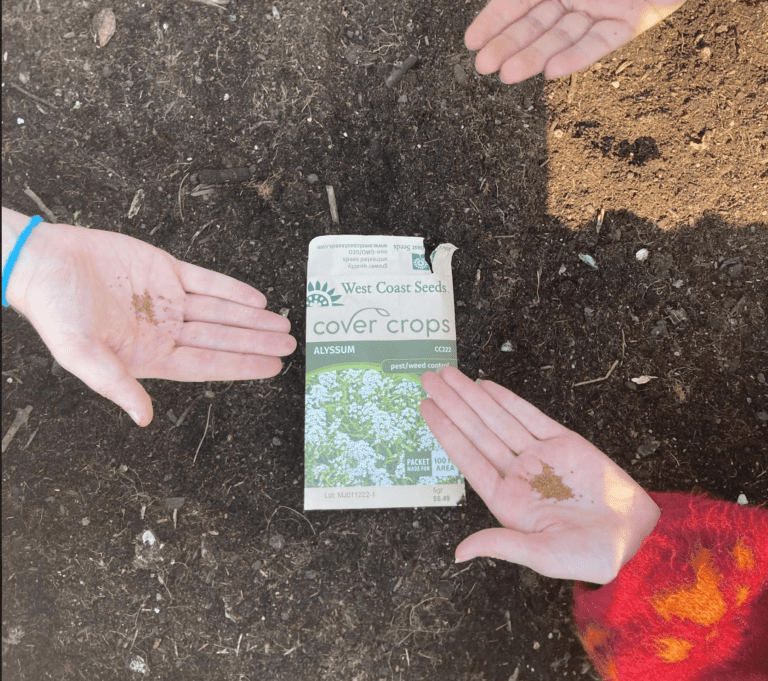
Planting Cover Crops
In this activity, participants learn about and plant cover crops to improve and protect soil.









